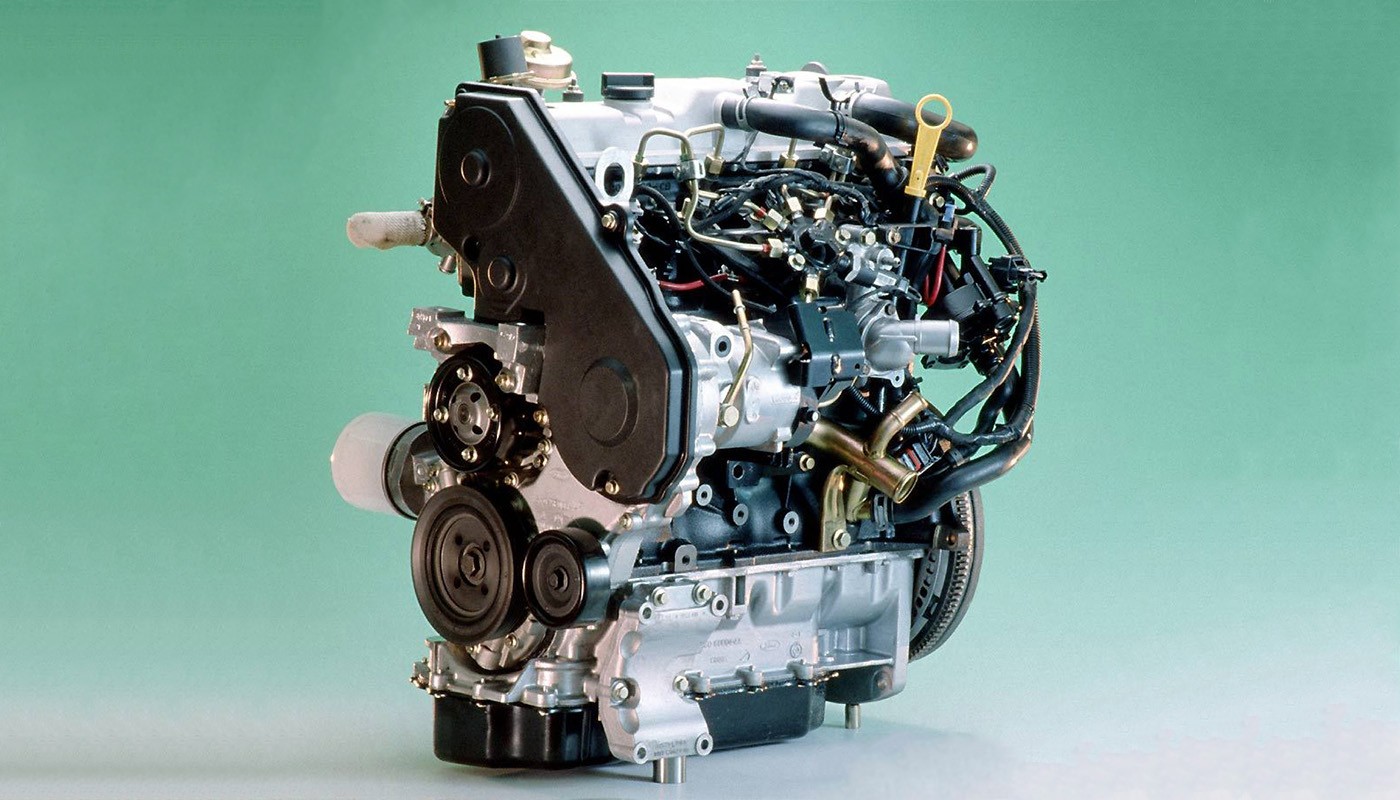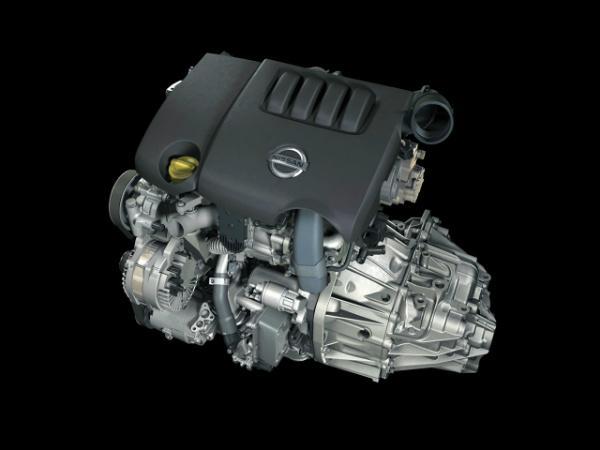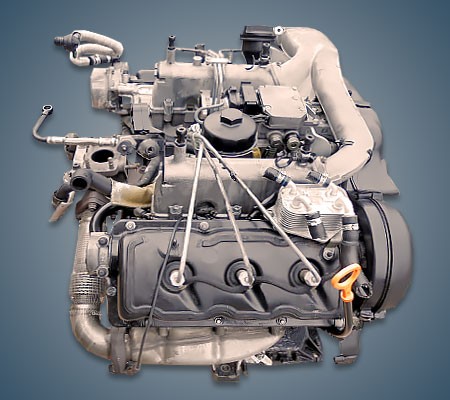
Ford's 1.8 TDCi engine - the most important information about the proven diesel
Content
The 1.8 TDCi engine enjoys a good reputation among users. They evaluate it as an economical unit that provides optimal power. It is worth noting that during the production period the engine also underwent several modifications. We present the most important information.
Engine 1.8 TDCi - the history of the creation of the unit
As already mentioned, the origin of the 1.8 TDCi unit is associated with the 1.8 TD engine, known from the Sierra model. The old engine had good performance and fuel consumption.
However, there were also specific problems associated, for example, with difficult starting in winter conditions, as well as premature wear of the piston crowns or a sudden break in the timing belt.
The first upgrade was carried out with the TDDi unit, where electronically controlled nozzles were added. It was followed by the 1.8 TDCi common rail engine, and it was the most advanced unit.
Ford TDCi Proprietary Technology - What's Worth Knowing?
Abbreviation of TDCi Common Rail Turbo Diesel Injection. It is this type of fuel injection system that the American manufacturer Ford uses in its diesel units.
The technology provides a fairly high level of flexibility, resulting in excellent emissions control, power, and optimum fuel consumption. Thanks to this, Ford units, including the 1.8 TDCi engine, have good performance and work well not only in cars, but also in other cars on which they are installed. Thanks to the introduction of CRDi technology, the drive units also comply with exhaust emission regulations.
How does TDCi work?
Common Rail Turbo Diesel Injection The Ford engine works by supplying pressurized fuel to the engine and electronically controlling power, fuel consumption and emissions.
Fuel in a TDCi engine is stored under variable pressure in a cylinder or rail that is connected to all of the unit's fuel injectors via single piping. Although pressure is controlled by the fuel pump, it is the fuel injectors that operate in parallel with this component that control the timing of fuel injection as well as the amount of material being pumped.
Another advantage of the technology is that in TDCi fuel is injected directly into the combustion chamber. This is how the 1.8 TDCi engine was created.
1.8 TDCi engine from Ford Focus I - technical data
It is worth knowing more about the technical data of the modified 1.8 TDCi unit.
- It was an inline four-cylinder turbocharged diesel engine.
- The diesel produced 113 hp. (85 kW) at 3800 rpm. and the maximum torque was 250 Nm at 1850 rpm.
- Power was sent through front-wheel drive (FWD) and the driver could control gear changes through a 5-speed gearbox.
The 1.8 TDCi engine was quite economical. Fuel consumption per 100 km was about 5,4 liters, and a car equipped with this unit accelerated to 100 km / h in 10,7 seconds. A car with a 1.8 TDCi engine could reach a maximum speed of 196 km / h with a curb weight of 1288 kg.
Ford Focus I - the design of the car in which the unit was installed
In addition to a very well-functioning engine, the design of the car, thought out to the smallest detail, attracts attention. The Focus I uses McPherson front suspension, coil springs, anti-roll bar, and Multilink front and rear suspension independently.
The standard tire size was 185/65 on 14" rims in the rear. There is also a brake system with ventilated discs at the front and drums at the rear.
Other Ford vehicles with 1.8 TDCi engine
The block was installed not only on Focus I (from 1999 to 2004), but also on other models of the manufacturer's cars. These were examples of Focus II (2005), Mondeo MK4 (since 2007), Focus C-Max (2005-2010) and S-Max Galaxy (2005-2010).
Ford's 1.8 TDCi engines were reliable and economical. Undoubtedly, these are units worth remembering.

